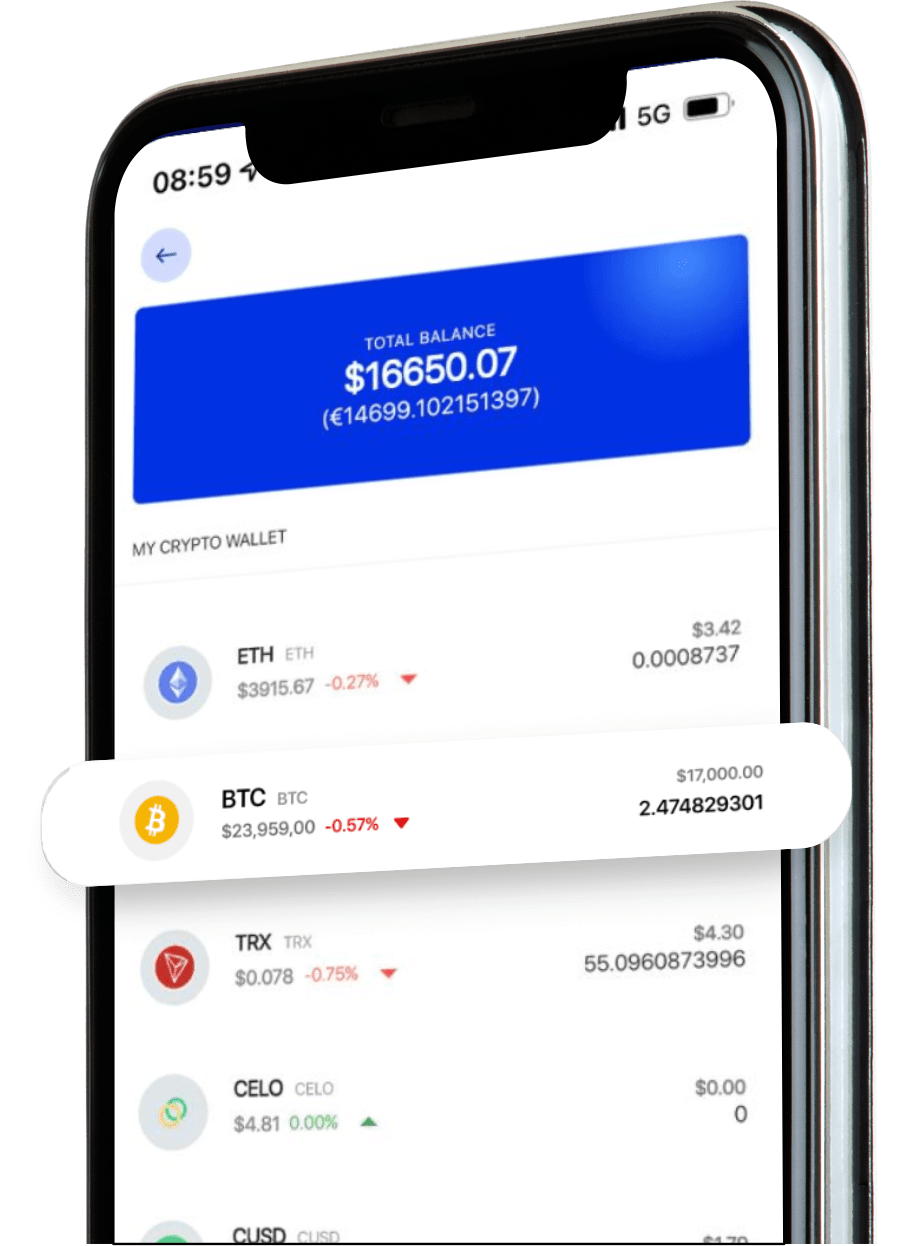Ethereum is a decentralized peer-to-peer platform that may be used to create apps, store assets, and transact without being controlled by a central authority.

Ethereum is an open-source blockchain network that popularized decentralized applications (dApps), a new generation of apps that do not rely on centralized authorities or servers to function.
To function optimally, Ethereum uses smart contracts, which are code-bound agreements that automatically execute according to predetermined conditions. Smart contracts play a large role in many of the products and services that make up Ethereum’s Web3 ecosystem, replacing roles traditionally played by trusted, centralized parties in overseeing transactions.
Ethereum’s own purported goal is to become a global platform for decentralized applications, allowing users from all over the world to write and run software that is resistant to censorship, downtime and fraud.
Who Founded Ethereum?
The Ethereum project was founded in 2013 by Vitalik Buterin who also published its whitepaper. Gavin Wood later published the yellow paper, which contains additional technical specifics about how Ethereum will function, in 2014.
In September 2014, a fundraising auction was held, and the network was online in July 2015. With the Merge on September 15, 2022, Ethereum switched from Proof-of-Work to Proof-of-Stake consensus.
What Makes it Unique?
According to co-founder Gavin Wood, Ethereum’s blockchain was designed as a sort of “one computer for the entire planet,” theoretically able to make any program more robust, censorship-resistant and less prone to fraud by running it on a globally distributed network of public nodes.
In addition to smart contracts, Ethereum’s blockchain is able to host other cryptocurrencies, called “tokens,” through the use of its ERC-20 compatibility standard. In fact, this has been the most common use for the ETH platform so far: to date, more than 280,000 ERC-20-compliant tokens have been launched. Over 40 of these make the top 100 cryptocurrencies by market capitalization, for example, USDT, LINK and BNB.
Also, aside from decentralization and anonymity, Ethereum has several other advantages, including a lack of censorship. For example, if someone tweets anything inappropriate, Twitter can remove it and punish the individual. However, on an Ethereum-based social media platform, that can only happen if the community votes. As a result, users with opposing opinions can debate as they see appropriate, and the public can decide what should and should not be spoken.
What is the Ethereum Upgrade (Ethereum 2.0)?
The Ethereum Upgrade (ETH 2.0) is an upgrade to the Ethereum blockchain network that aims to make it more secure, faster, and more scalable. It involves a switch from the current proof-of-work consensus mechanism to a proof-of-stake mechanism, which is more energy-efficient and requires less computational power.
This upgrade also introduces sharding, which means that the network can be split into smaller parts, allowing it to process more transactions at the same time. Overall, the upgrade is a major improvement to the Ethereum network that will help it handle more users and applications.
The upgrade also includes improvements to the network’s security and governance. The new network will have enhanced security features, including a new slashing mechanism that penalizes validators who act maliciously. The governance model of the network will also be improved, with a more formalized process for making decisions about the network’s development.
In summary, the Ethereum upgrade is a major enhancement to the Ethereum network that addresses the scalability and security issues of the current network. It is expected to enable the Ethereum network to support many more dApps and users, and to become a more efficient and secure platform for decentralized applications and smart contracts.
What Comes Next?
Now that the Merge is over, the final stage of the Ethereum upgrade is sharding, where the database on the Ethereum blockchain is split into 64 shard chains.
With sharding, each validator only needs to verify the respective shards they’re responsible for, instead of verifying the entire network. This will also lower the barrier to entry for anyone who wishes to run a node.
Besides encouraging further decentralization, this will improve scalability and ideally reduce the gas fees on the Ethereum network.


